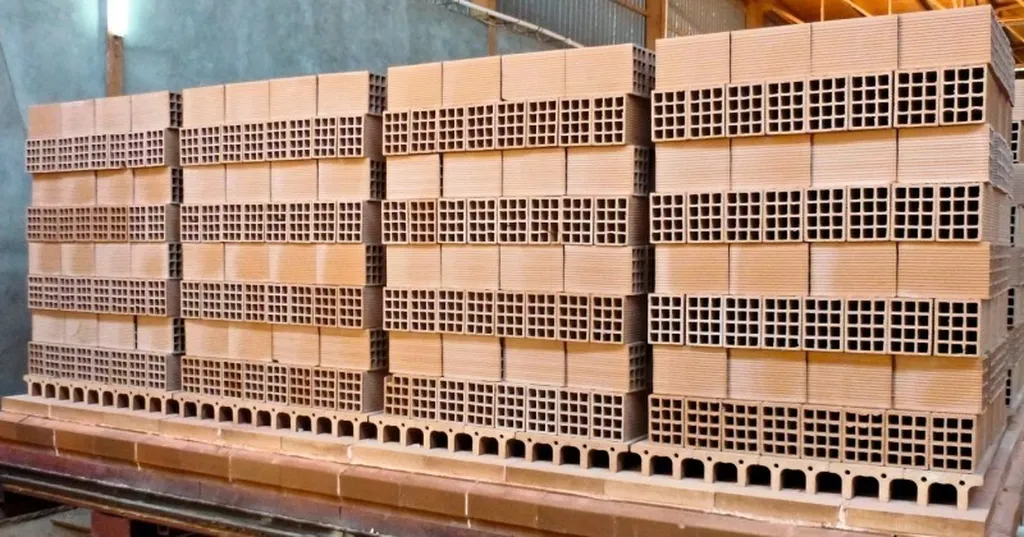In the scorching heat of Libya, where the sun blazes relentlessly, the construction industry faces a unique challenge: balancing structural integrity with thermal efficiency. Enter Osama Lawej, a mechanical engineering professor at Sabratha University, who has been delving into the world of hollow clay bricks, a staple in Libyan construction. His recent study, published in the ‘Journal of Sustainable Construction Materials and Technologies’ (or as we might translate it, the ‘Journal of Sustainable Building Materials and Technologies’), is making waves in the industry.
Lawej’s research is not just about bricks; it’s about reimagining them. He and his team have been exploring how the internal geometry of hollow clay bricks can be optimized to improve both their load-bearing capacity and thermal insulation. “We’re not just looking at bricks,” Lawej explains. “We’re looking at how we can make them work better, for both the building and the people inside it.”
The team’s investigation involved three configurations: two commercial designs already on the Libyan market, and a new arched cavity design proposed by Lawej. Using Finite Element Method (FEM) simulations via ANSYS software, they evaluated the structural and thermal behavior of these bricks under realistic conditions.
The results were promising. The arched cavity design showed a significant reduction in stress concentrations, improving mechanical performance. Thermally, it achieved lower heat transfer rates, especially when combined with insulation materials like polyisocyanurate (PIR). “This isn’t just about making buildings stronger,” Lawej notes. “It’s about making them smarter, more responsive to the needs of the people who live and work in them.”
So, what does this mean for the future of construction, particularly in hot climates? Lawej’s research suggests that by optimizing the design of hollow clay bricks, we can create buildings that are not only structurally sound but also energy-efficient. This could have significant implications for the energy sector, reducing the demand for air conditioning and other cooling systems.
Moreover, the use of local materials like clay bricks can reduce the carbon footprint of construction projects. As Lawej puts it, “We’re not just building buildings. We’re building a more sustainable future.”
The study’s findings offer practical insights for sustainable building design in arid climates, contributing to the development of energy-efficient, structurally sound wall systems. As the world grapples with climate change, such innovations become increasingly important. Lawej’s work is a testament to the power of local innovation in addressing global challenges.
In the end, it’s not just about bricks. It’s about rethinking, redesigning, and rebuilding for a more sustainable future. And in the process, perhaps, cooling down the world one brick at a time.

